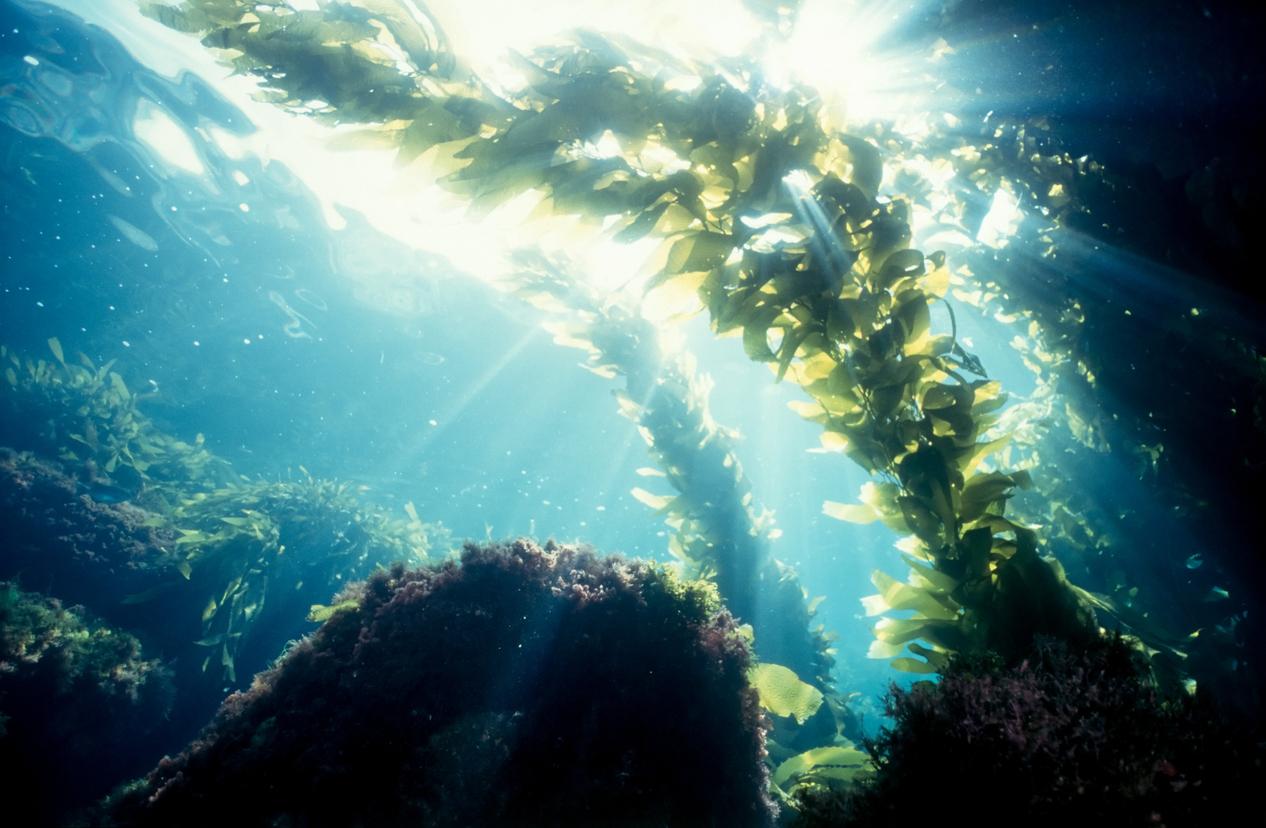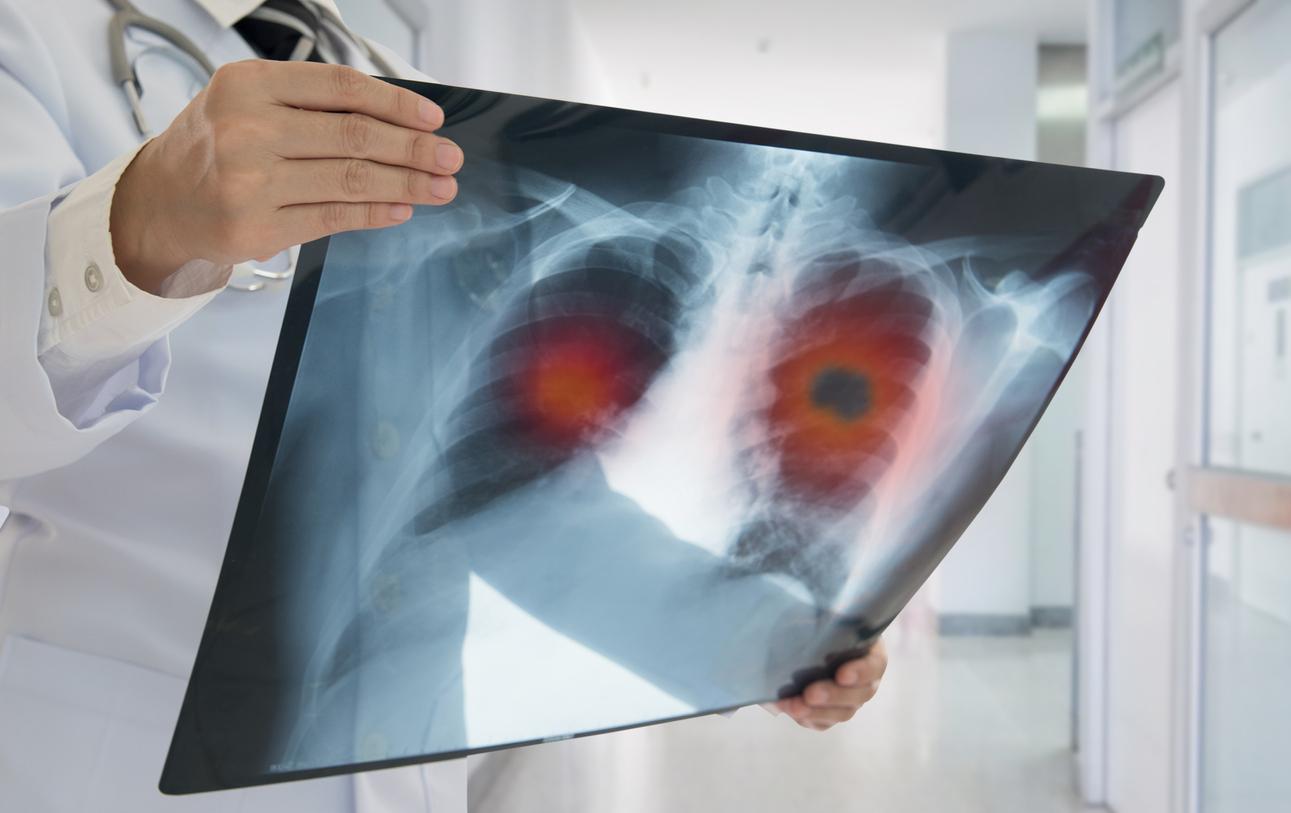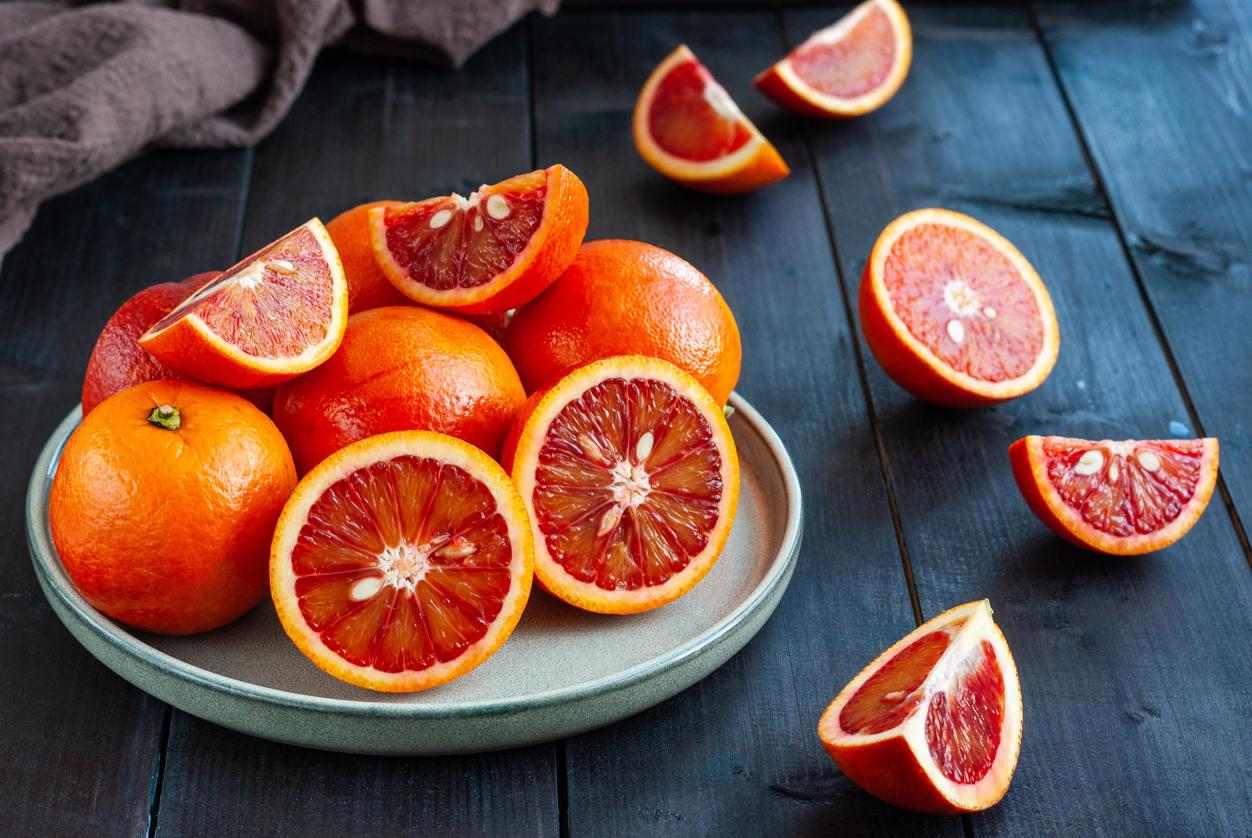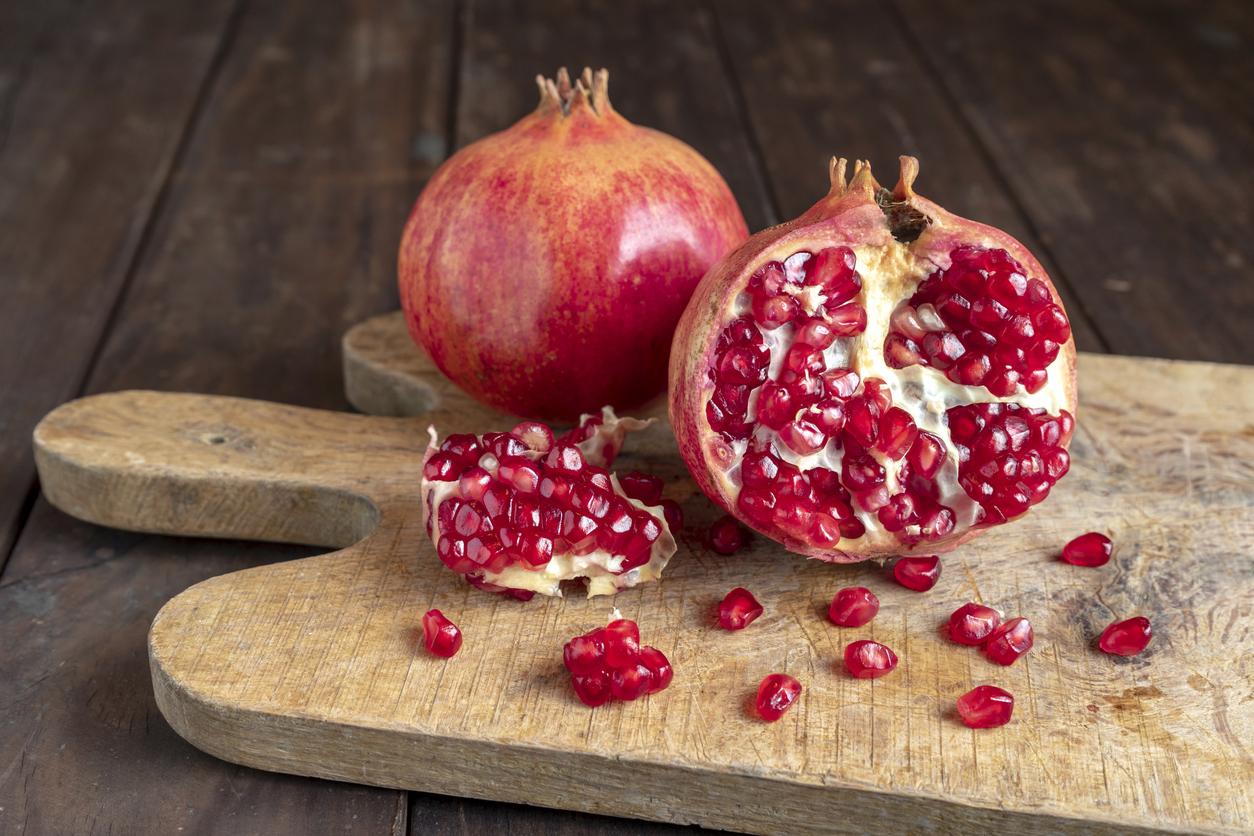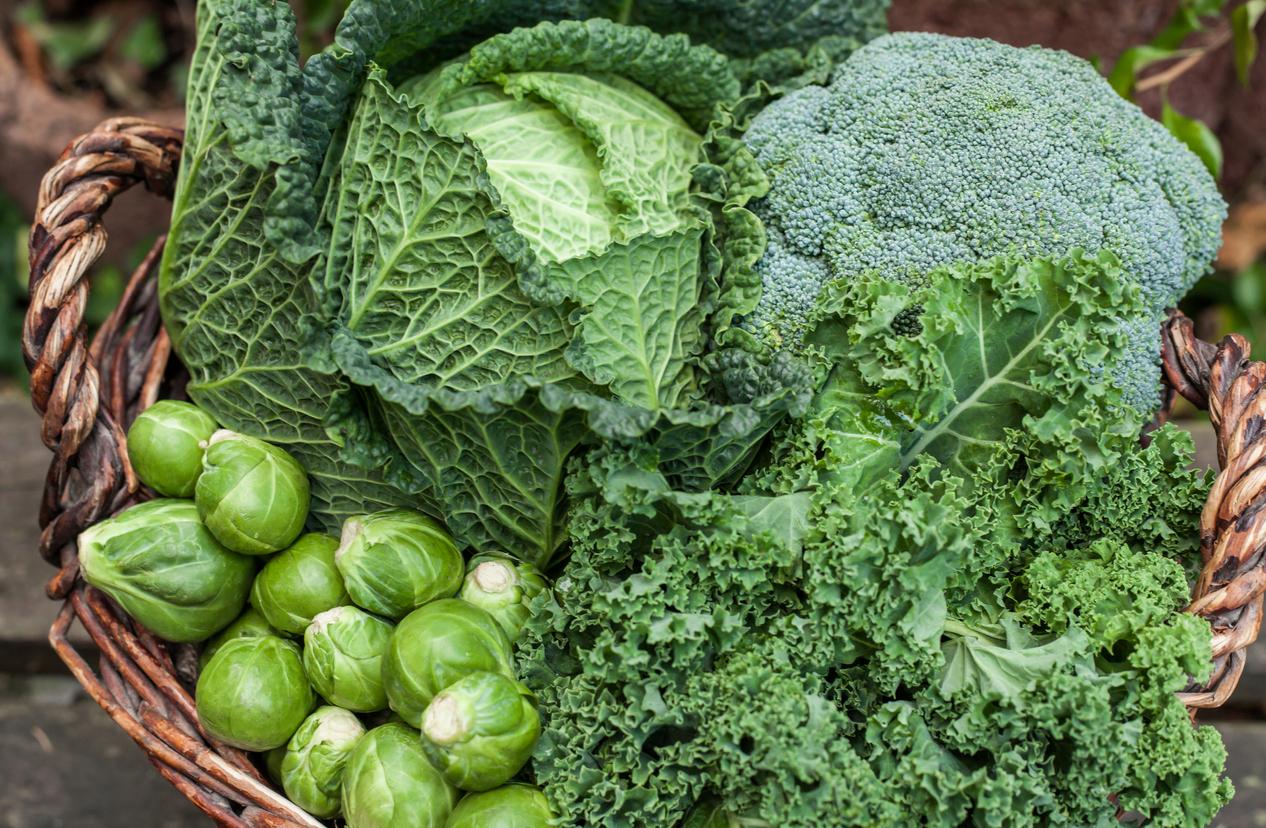Resveratrol, a compound found in red wine, may preserve muscle mass and strength in astronauts sent to Mars, according to a new study in rats.
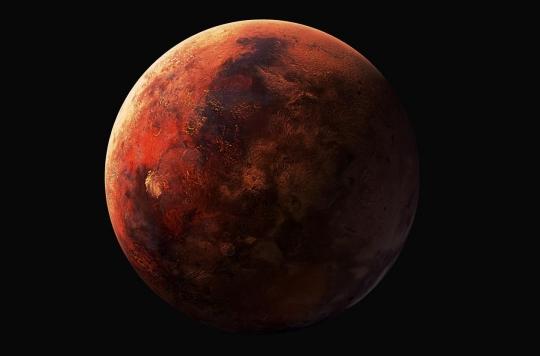
In 25 years, NASA intends send astronauts to mars. But before reaching this ambitious goal, it will first be necessary to solve the many problems related to the long journey necessary to reach the red planet, located 9 months from Earth with current technology. Indeed, the astronauts will have to resist deadly radiation, potential loss of vision and atrophy of their bones, in particular due to the gravitational attraction which represents 40% of that exerted on us. To enable them to carry out long missions in complete safety, strategies will therefore have to be put in place.
While many researchers are working on the problem of muscle deconditioning, a Harvard team may well have found a solution. According to their NASA-funded study, resveratrol, a compound found in red wine, grapes and blueberries, would substantially preserve muscle mass and strength in rats exposed to Martian gravity. The results of their research were published this month in the journal Frontiers in Physiology.
To replicate the gravity exerted on Mars, the researchers fitted rats with full body harnesses, suspending them from the ceiling of their cage by a chain. For 14 days, 24 rodents were exposed to a normal load (terrestrial) or a load reduced to 40% to reproduce that exerted on Mars. Each day, they gave half of the rats 150 mg of resveratrol, known for its anti-inflammatory, antioxidant and anti-diabetic properties, while the others had to make do with water. The food, on the other hand, was the same for all the animals. At the same time, the scientists measured the calf circumference of the animals once a week and the grip strength of their front and hind legs. On the 14th day, they analyzed the muscles.
Resvetarol Completely Protected Muscle Mass in Martian Rats
“After only three weeks in space, the soleus muscle of the calf decreases by a third”, explains Doctor Marie Mortreux, lead author of the study. “This is accompanied by a loss of slow-twitch muscle fibers, essential for endurance.
Thus, as expected, the state of Mars weakened the rats’ grip and reduced their calf circumference as well as their muscle weight and slow-twitch muscle fibers. However, resvetarol completely protected the muscle mass of Martian rats and decreased the loss of slow-twitch muscle fibers. However, this supplement did not entirely reverse the reduction in calf circumference.
Thus, “dietary strategies could be essential (…) especially since astronauts going to Mars will not have access to the types of weight training devices deployed on the International Space Station (ISS)”, notes Marie Mortreux. “Resveratrol has been shown to preserve bone and muscle mass in rats during complete unloading, analogous to the microgravity of spaceflight. We therefore hypothesized that a moderate daily dose would also help mitigate muscle deconditioning in a gravity similar to that exerted on Mars”, she explains.
Make sure that there are no dangerous interactions between resveratrol and other drugs
This positive impact of resveratrol could be explained by insulin sensitivity. “Resveratrol treatment promotes muscle growth in diabetic or unloaded animals by increasing insulin sensitivity and glucose uptake in muscle fibers. This is relevant for astronauts who are known to develop reduced sensitivity to insulin during a space flight”, explains Marie Mortreux. Moreover, the anti-inflammatory effects of this compound could also help maintain muscle and bone.
“Further research is needed to explore the mechanisms involved and the effects of different doses of resveratrol in men and women. In addition, it will be necessary to confirm the absence of dangerous interactions between resveratrol and other drugs administered to astronauts on space missions.
While waiting to be able to send humans safely to Mars, NASA is sending probes and rovers there. A few days ago, the Mars Reconnaissance Orbiter (MRO) spacecraft, orbiting the planet, glimpse Curiosity climbing the mountain Aeolis Mons, better known as Mount Sharp. The latter contains layers of rock that tell a lot about the history of the region as well as its waters. In 2020, NASA plans to send another rover to the Red Planet to determine the habitability of its environment and search for signs of ancient life.
.









